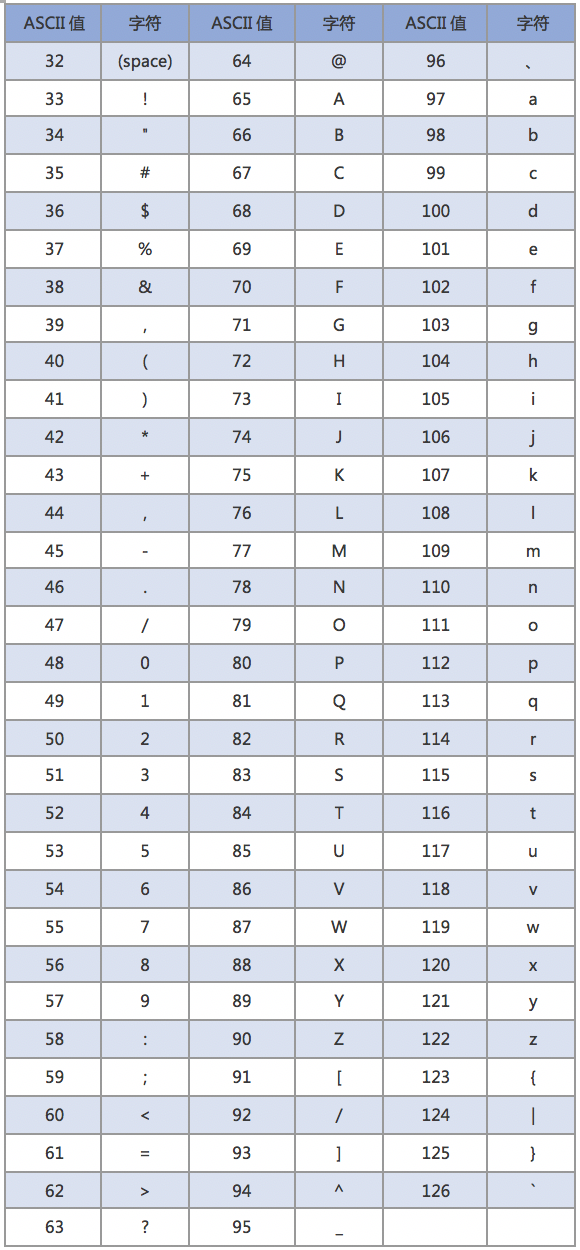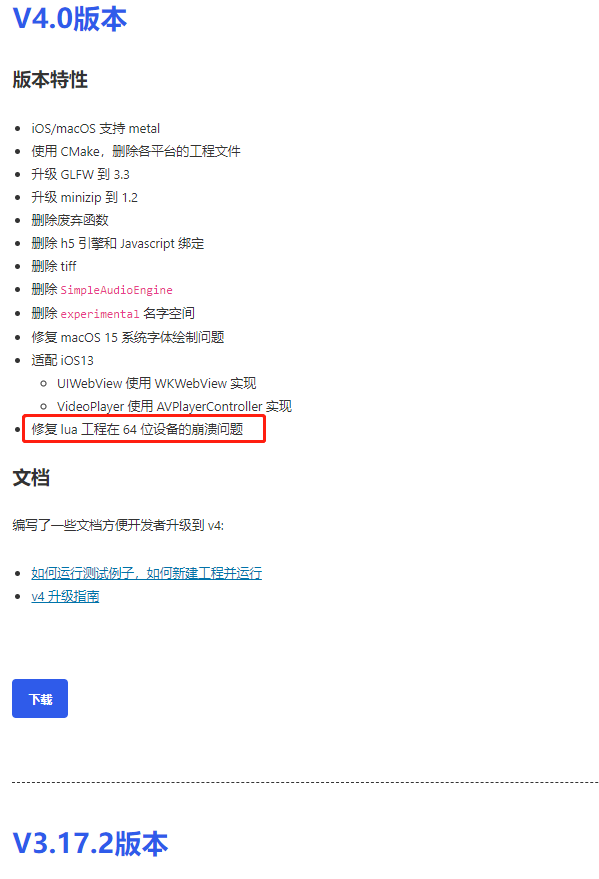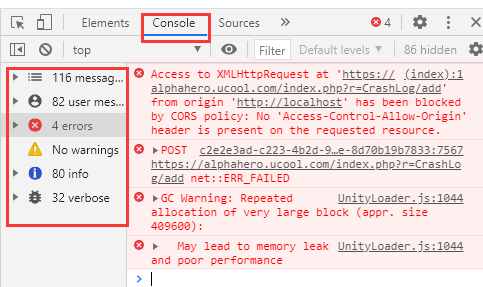理解并解决Java中的异常链问题实例
在Java中,异常链(Exception Hierarchy)是指从引发异常的原始原因到最后捕获到的异常对象的一系列继承关系。
以下是一个简单的异常链问题实例:
public class ExceptionChaining {public static void main(String[] args) {try {throwNewException();} catch (IOException e) {System.out.println(" caught IOException : " + e);// 处理IO异常,这里可能需要将文件保存到安全位置handleIOException(e);} catch (Exception e) {System.out.println(" caught Exception : " + e);// 一般不直接捕获所有Exception,除非你知道会发生哪种情况handleGeneralException(e);}}// 生成新异常private static void throwNewException() throws IOException {File tempFile = new File("/tmp/testfile");try (RandomAccessFileraf = new RandomAccessFile(tempFile, "rw"))) {// 模拟写入错误byte[] buffer = new byte[1024];for (int i = 0; i < 512; i++) {if (i == 1023) {// 模拟写满文件break;}raf.write(buffer, i, 1);}} catch (Exception e) {throw new IOException("Failed to write test file", e);}}// 处理IO异常private static void handleIOException(IOException e) throws IOException {System.out.println(" Handling IO Exception : " + e.getMessage());// 在此处根据业务需求进行文件的处理,比如复制到安全位置等copyFileToSafeLocation(e);}// 复制文件到安全位置private static void copyFileToSafeLocation(IOException e) throws IOException {String sourceFilePath = "/tmp/testfile";String destinationFilePath = "/app/safe/temp/file";File sourceFile = new File(sourceFilePath);File destinationFile = new File(destinationFilePath);// 处理文件复制,这里假设复制操作是安全的if (sourceFile.exists() && !destinationFile.exists()) {try (InputStream in = new FileInputStream(sourceFile))(OutputStream out = new FileOutputStream(destinationFile))) {byte[] buffer = new byte[1024];int read;while ((read = in.read(buffer))) != -1) {out.write(buffer, 0, read));}} catch (IOException ex) {System.out.println(" Failed to copy file to safe location : " + ex.getMessage());throw new IOException("Failed to safely copy file", ex);}}// 清除原文件,通常在处理完后进行if (sourceFile.exists()) {try {sourceFile.delete();} catch (Exception e) {System.out.println(" Failed to delete original file : " + e.getMessage());}}}}
在这个例子中,我们首先创建一个可能会引发IO异常的文件操作。然后在handleIOException方法中捕获这个IO异常,并进行适当的处理(比如复制到安全位置)。
最后,在主方法中模拟各种可能的情况来测试我们的异常链。



































还没有评论,来说两句吧...